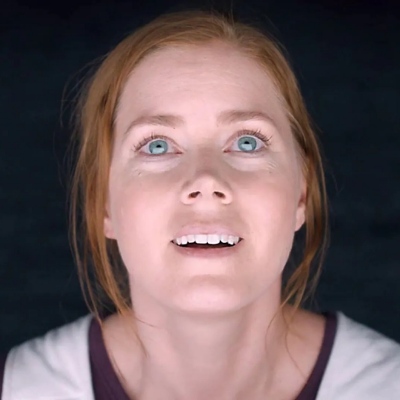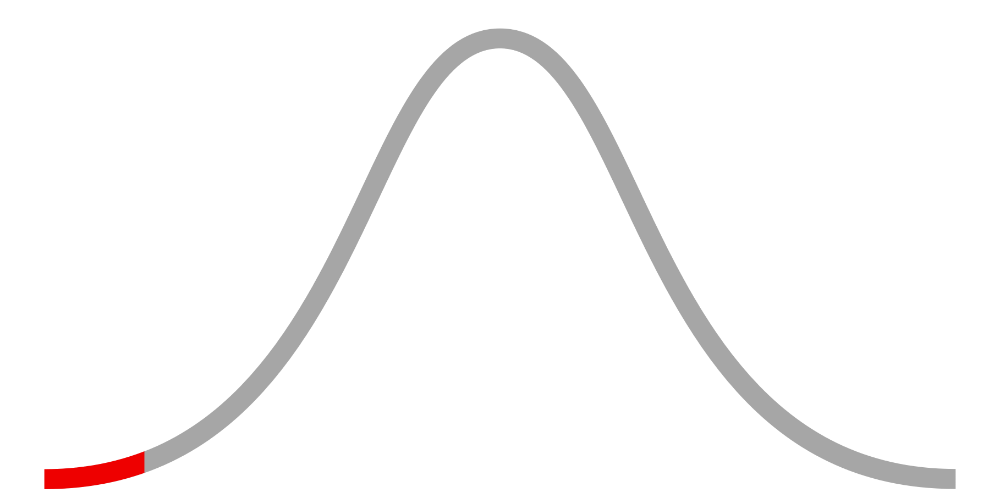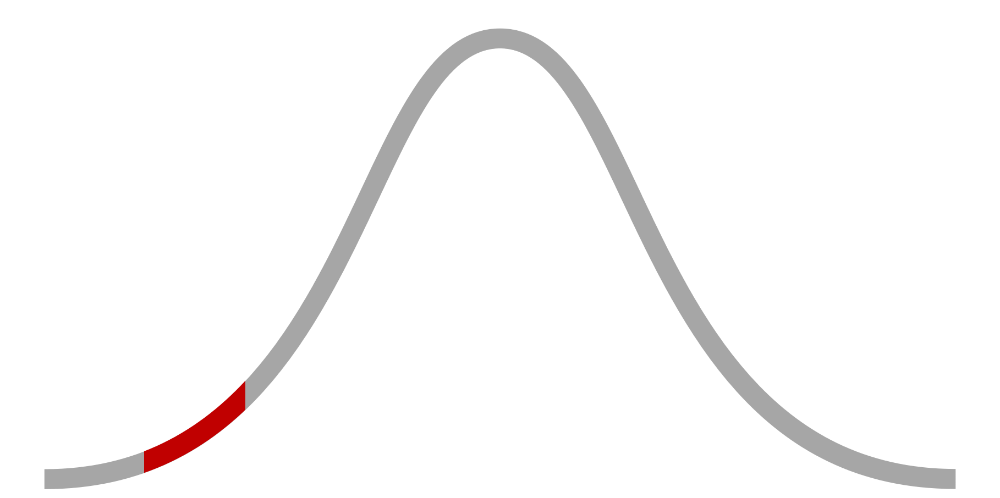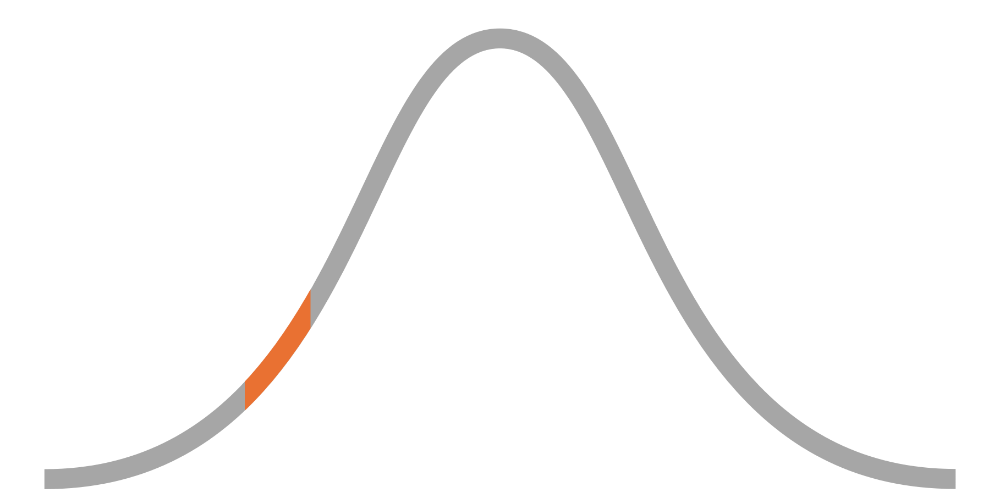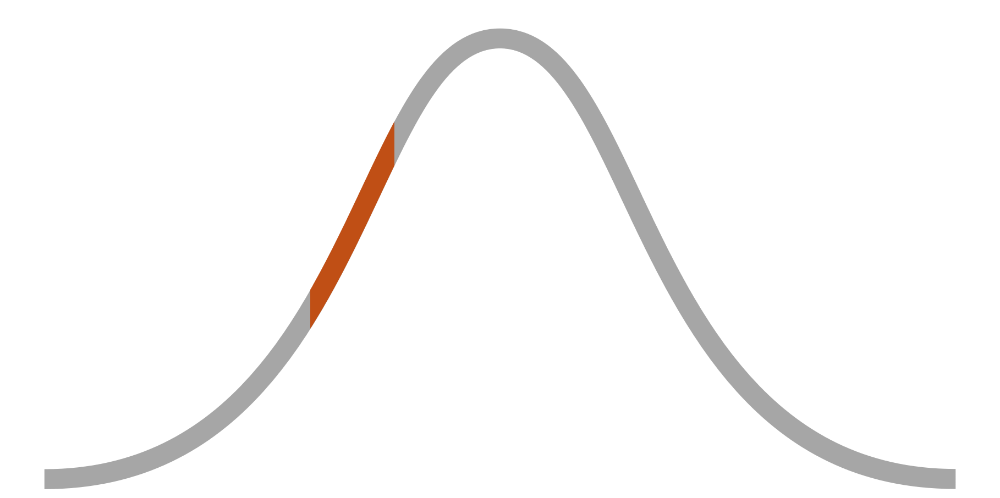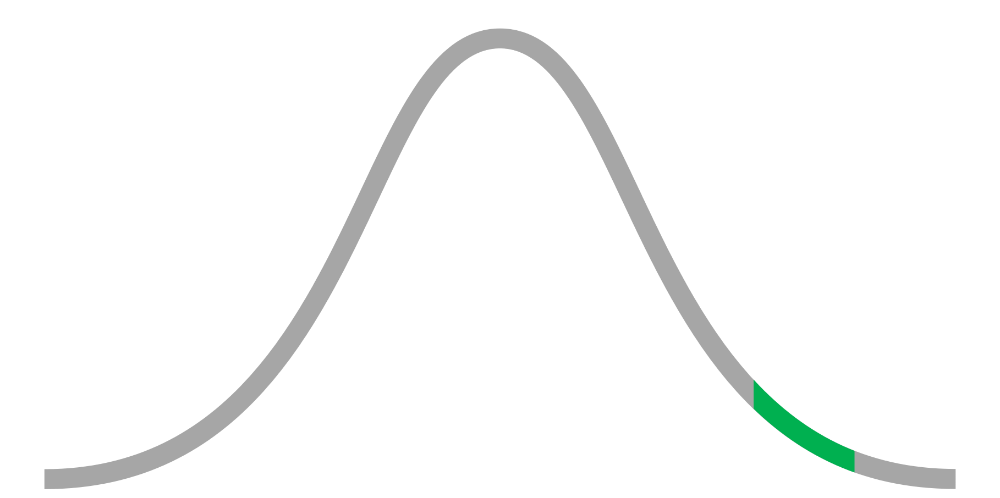 Summary & key points
Summary & key points
In Superman (2025), Lex Luthor gains access to Superman's fortress in Antarctica. The intruders subdue every threat, including Superman's dog. Lex then comments how Superman (Clark Kent) is not a "man," but an "it," and proceeds to make negative remarks about Superman's appearance and fame.
 Summary & key points
Summary & key points
In the hit Netflix movie Happy Gilmore 2 (2025), Happy's golf doubles partner gets injured after falling on ice and he needs a substitute. Luckily, behind him is Shooter McGavin, his former golf rival. It only takes Happy a few words to ignite Shooter's passion for golf enough to get him to say yes. With Shooter's help, they both win the round. Happy's efforts to convince Shooter, although successful, included insults and jabs. Plus, Shooter seemed eager to participate either way. Happy's general effort to get Shooter to do what he wants is a typical demonstration of the Apperception attribute.
 Summary & key points
Summary & key points
In the cult classic movie American Psycho (2000), Christian Bale portrays Patrick Bateman, a big-shot New York City investment banker who goes on a literal killing spree. After avoiding capture throughout the film, Patrick is sitting at the bar with his coworkers while the television is playing in the background. Bateman delivers the movie's closing with an intense monologue that describes the horrific things he has done, and how he has little remorse. Despite Bateman's cruel behavior, he discusses his feelings and those of others in vivid detail insofar as it matters to him. Bateman's comments about the emotional states of others demonstrate an average example of the Emotion attribute.
 Summary & key points
Summary & key points
When Ukrainian president Volodymyr Zelenskyy met U.S. President Donald J. Trump, the visitor made the mistake of telling President Trump how Americans were going "to feel" in the future. This caused a problem as the discussion unfolded.

 Summary & key points
Summary & key points
Carrie Bradshaw is walking through New York City and plotting her next move right before a car passing by splashes her with water.

 Summary & key points
Summary & key points
Top linguist Dr. Louise Banks introduces herself to the aliens that landed on earth.






